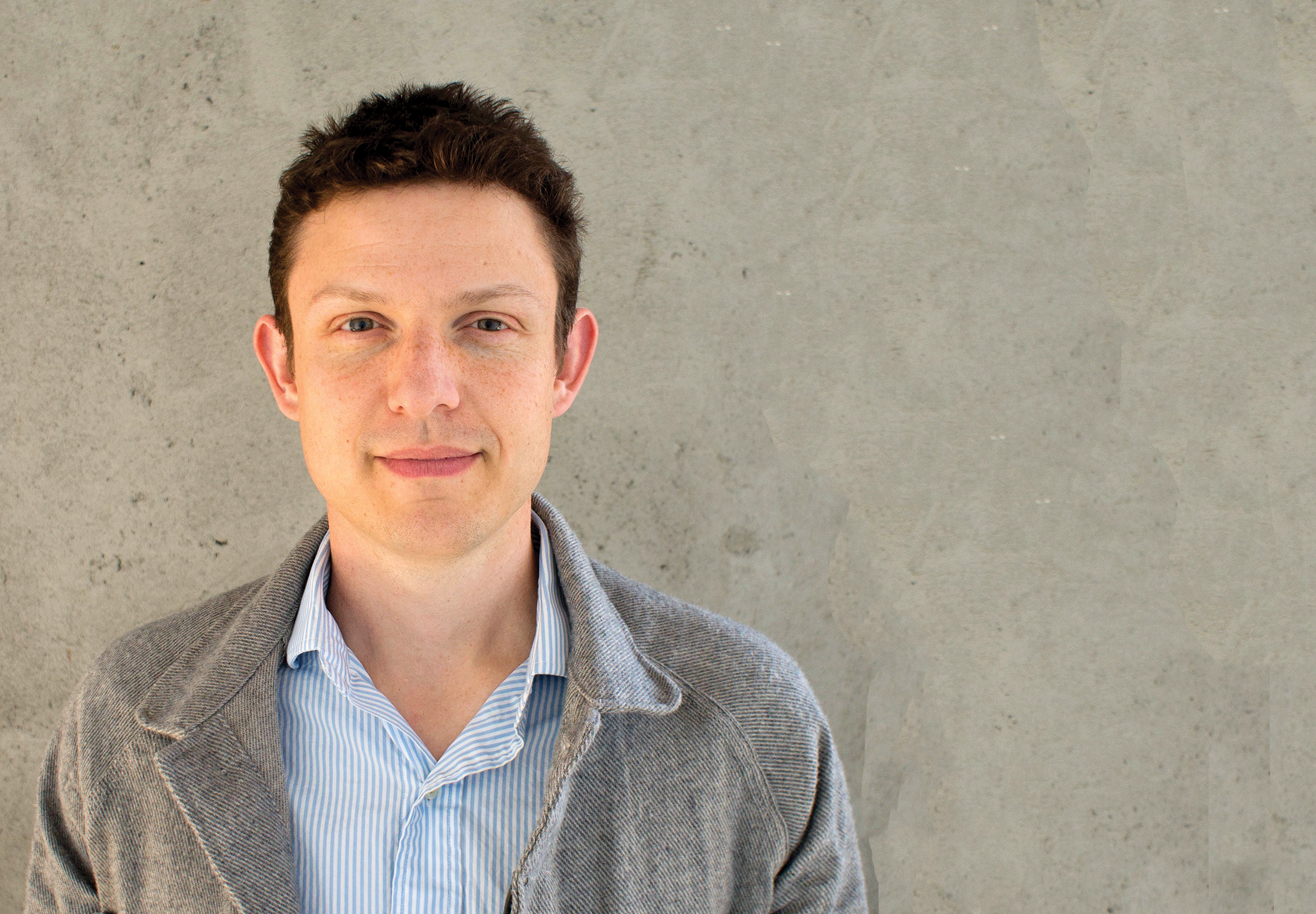Reunion in Jogjakarta
Two ethnomusicology graduates, Wayne Forrest ’74, MA ’77, and Ed Van Ness ’69, MA ’81, still share their love for world music when they meet up years later. Forrest recounts the story:
Undergraduate students of World Music, Ed Van Ness and I shared a mentor: Professor Richard Winslow ’40, whose roots at Wesleyan extended back to its pre-WWII days as a choral beacon. He was a composer of traditional materials so progressive in his outlook as to have befriended the avant-garde composer John Cage. Furthermore, he maneuvered the administration to bring the ethnomusicologist David McAllester over from the Anthropology Department. As freshman we each met with Dick in the little house on Vine Street that housed the Music Department and he told us, “You really should check out our gamelan.” So off we went to see the “quarter acre of bronze” (a Winslow-ism).
We also found a beautiful Javanese musician/ princess, a graduate student steeped in the majesty of the court gamelan traditions of Central Java. For Ed Van Ness, Sitalakshmi Prawirohardjo was the love of his life. Ed, a classically trained violinist and student of South Indian music, eventually followed her to Indonesia; they married and he became a celebrated conductor and music educator. For me, Sita was my first gamelan teacher.
More than four decades later, in 2011, on a business trip to Indonesia for the American Indonesian Chamber of Commerce, I caught up with Ed, whom I had seen only once since Wesleyan. I met his students and gave workshops in both tuba and guitar, which I play and teach professionally.
Ed met me in Jogjakarta, the cultural capital of Central Java and home to some of the country’s best schools. Like millions of Indonesians, he rode up on his motorcycle wearing a surgical mask, to filter out the fine ash rain that had been falling for a week because of the eruption of a nearby volcano, the legendary Mt. Merapi. Over the next few days Ed accompanied me all over Jogjakarta and Solo to my meetings with government officials and business people, helping me as my interpreter when needed.
I was unprepared for the growth in interest in Western music—classical, rock, and jazz— as well as its pedagogical development in the country. I knew that the best young Indonesian musicians studied abroad if they could afford it, but I did not know that with Ed’s help over 30 years, Indonesia had created some wonderful institutions that offered a curriculum not only in the traditional music of the nation but also Western music. But for all their successes the country did not yet have a lot of well trained tuba players and the sole instructor was largely self taught. I brought with me an instructional CD of Arnold Jacobs, the legendary tuba player of the Chicago Symphony, who perfected the science of breath control after losing a lung to emphysema.
Ed had arranged for the six tuba players of Indonesia as well as a roomful of guitarists to meet me for master classes at the National Performing Arts High School and the Institute of the Performing Arts . With Ed interpreting when my Indonesian language failed me, I taught the guitarists a Reverend Gary Davis blues piece and the tuba players a funky bass line.
The tuba players first played for me a wonderful arrangement of a classical piece done by their teacher, a self-taught tubist, who doubles on trombone. There were some intonation problems, but on the whole they played together and with spirit. My singular comment was not too different than what I might say to an American group: “Know the music better so you can make eye contact with each other, and don’t be afraid to move while you are playing.”
Ed noted, “My students were quite amazed at what they perceived as the versatility of American musicians like Wayne, combining art with his career in the American Indonesian liaison organization. Additionally, the idea that music could be a real profession rather than an avocation is still relatively new in Indonesia.
“That Wayne plays professional tuba and folk guitar as well as Javanese gamelan was a further surprise to many. During our time at Wesleyan we were exploring the ideas of bi-musicality (developed by ethnomusicologist Mantle Hood). Bob Brown—a student of Hood and a professor of ours—was a veritable powerhouse who brought in visiting artists to Wesleyan from all over the globe. The presence of so many carriers of so many traditions from around the world has probably never been duplicated anywhere else. Brown contributed the idea of ‘World Music,’ which has remained the unique name of Wesleyan’s program, where multiple world traditions and cultures coexist in one marvelously dynamic space.
“I thought about how amazing it was that these students, like us, were passionately looking out across borders for their musical interests,” Ed continued. “I kept thinking how Wesleyan had prepared us so well for this, many years ago; how the combined visions of Richard Winslow, David McAllester, Bob Brown, and others had already foreseen, already cogently imagined, and responded to the idea that this would be happening worldwide in the future.”


